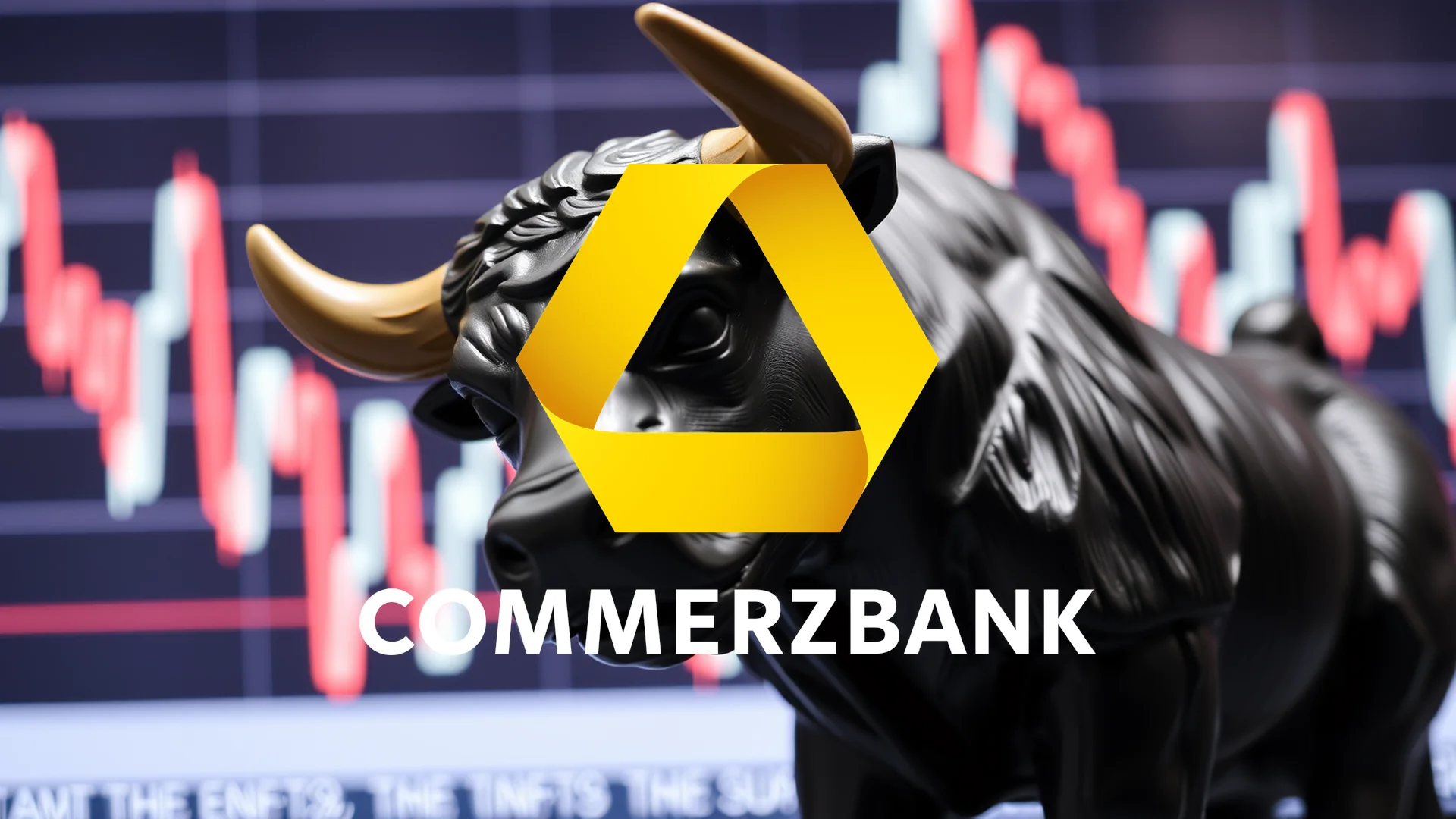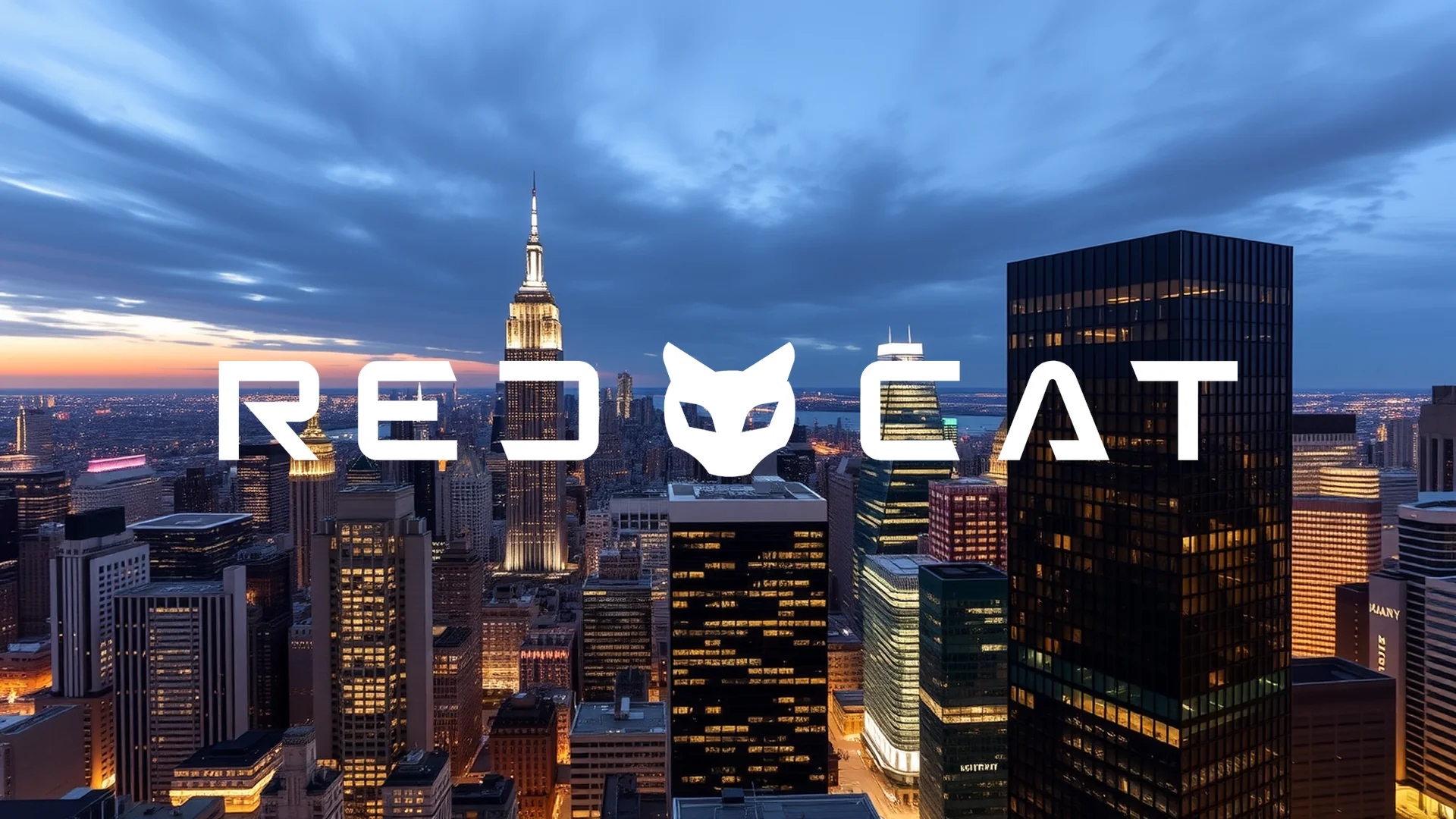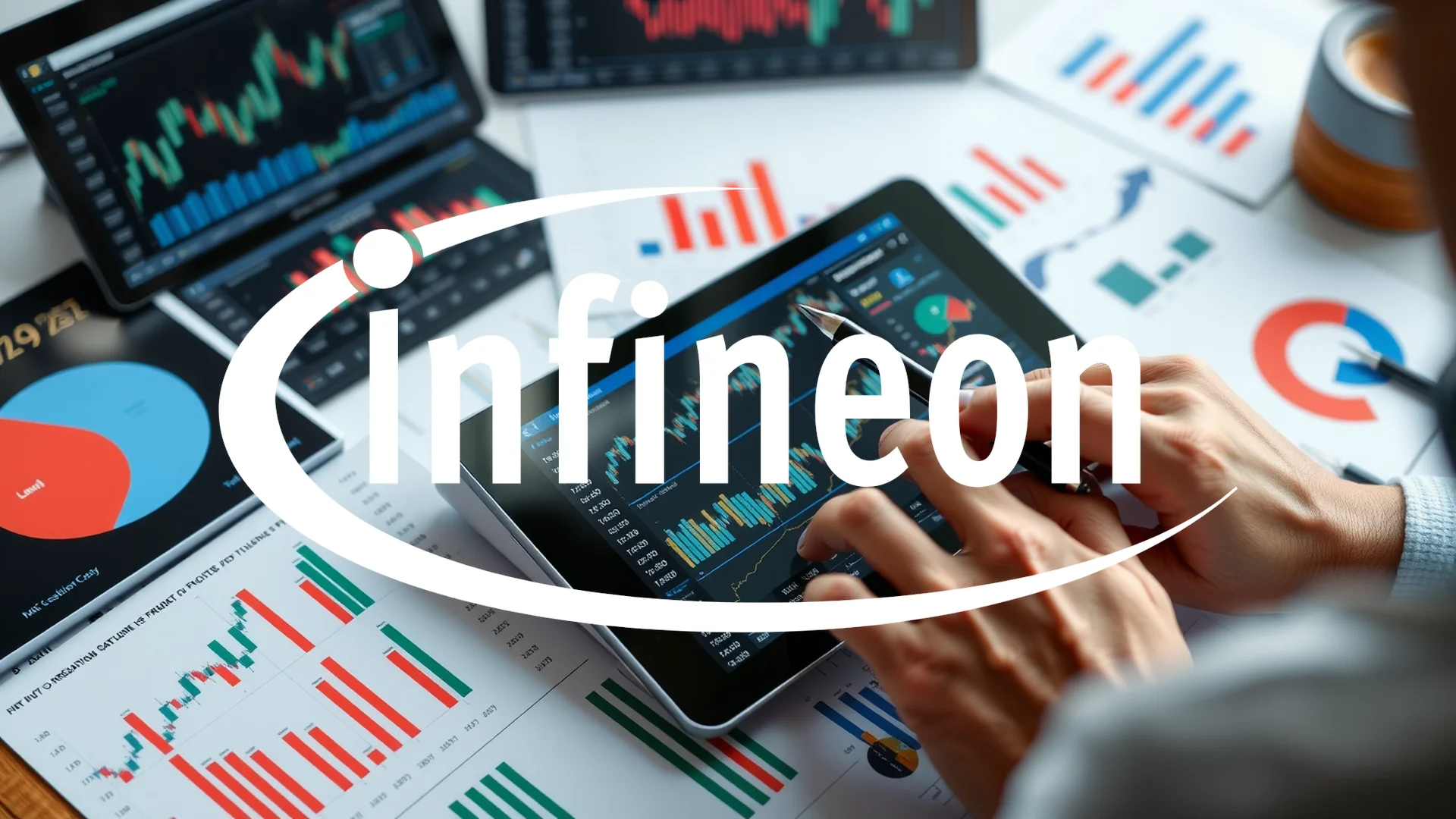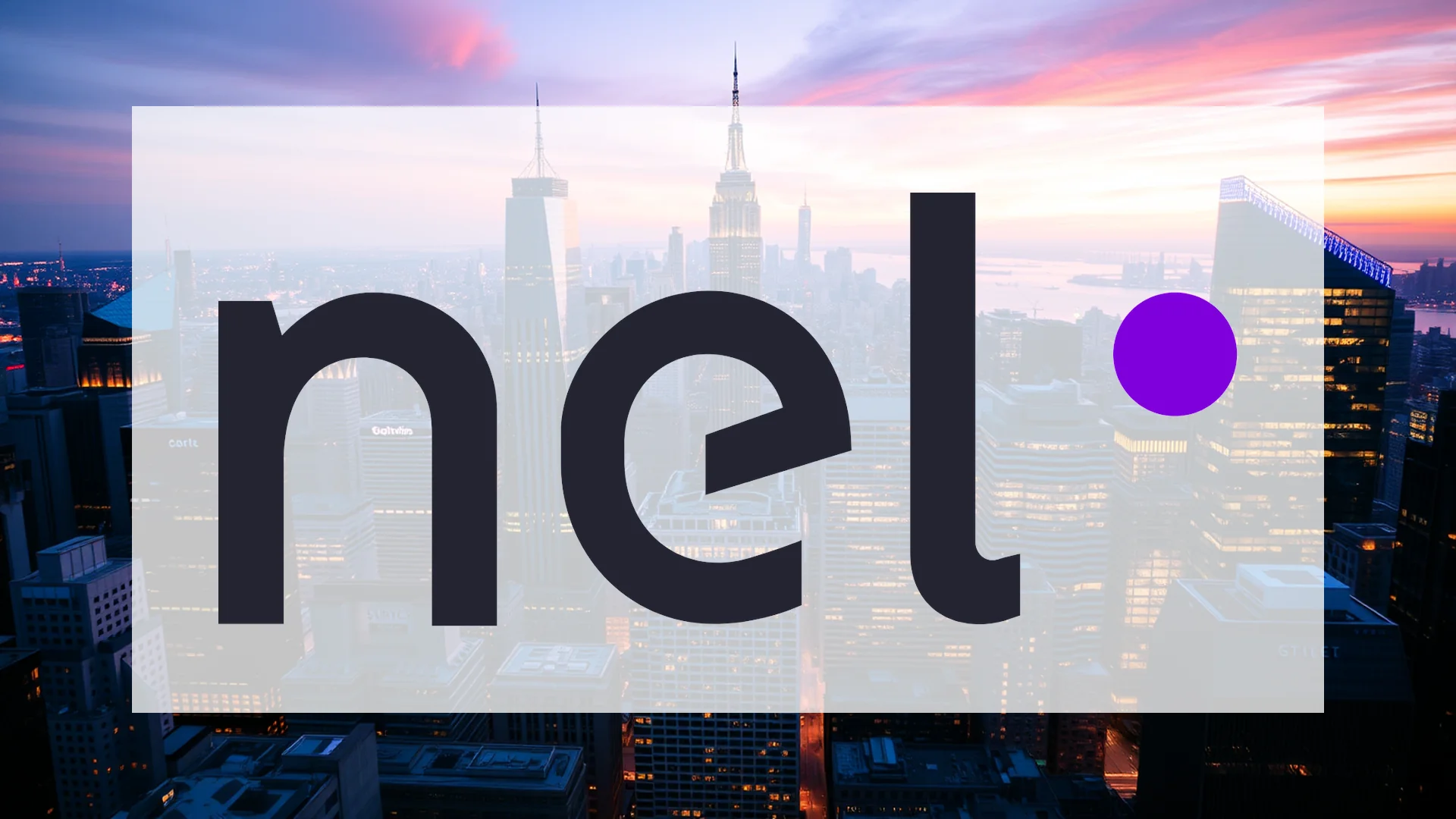The Trump administration is preparing to close one of the most significant chapters in American financial history. After 17 years under government conservatorship, mortgage behemoth Fannie Mae could return to public markets before year’s end through what would rank among the most spectacular initial public offerings ever witnessed. This potential move presents both historic opportunities and substantial risks for investors navigating these uncharted waters.
Market Reaction and Conflicting Views
Financial markets responded immediately to the development, with Fannie Mae shares surging nearly 8% amid exploding trading volumes. Behind this enthusiastic market response, however, lies a fierce battle between powerful financial interests.
Hedge fund veteran Bill Ackman, among the largest shareholders of both Fannie Mae and its sibling Freddie Mac, has emerged as a strong proponent of the privatization initiative. He contends that “a merger would reduce the costs and risks associated with government oversight.” Conversely, economist Peter Schiff voices significant concerns, warning that “this could create a monopoly in the U.S. mortgage market – with moral hazards even greater than those preceding the financial crisis.”
Regulatory Shift Gains Momentum
The most concrete timeline yet emerged through a simple Twitter announcement from William Pulte, Director of the Federal Housing Finance Agency. His statement revealed that “President Trump is opportunistically considering an IPO as early as late 2025,” marking the most specific timeframe proposed since the government seized control during the 2008 financial crisis. For shareholders who have awaited this moment for years, the announcement represents the long-anticipated turning point.
Should investors sell immediately? Or is it worth buying Fannie Mae?
The scale of this potential offering is staggering. Combined with Freddie Mac, these two mortgage finance giants oversee more than $7 trillion in assets. The government’s stake alone is estimated at approximately $250 billion – a figure that would dwarf every previous public listing.
Critical Unresolved Issues
Despite the ambitious schedule, fundamental questions remain unanswered. What portion of the government’s holding will actually be sold? Will federal mortgage guarantees remain in place? Most crucially, how will market participants determine the appropriate valuation for one of America’s largest financial institutions?
Eliminating government backing would likely trigger higher mortgage interest rates – creating political complications during an already tense housing market environment. This represents the central challenge: how does one privatize institutions so fundamentally intertwined with housing affordability across the nation?
Fannie Mae’s stock has already skyrocketed more than 240% since January, reflecting massive market expectations for its return to public markets. Whether this monumental IPO materializes in 2025 depends on navigating countless regulatory and political obstacles. For investors, it represents a high-stakes gamble with potentially historic consequences.
Ad
Fannie Mae Stock: Buy or Sell?! New Fannie Mae Analysis from October 21 delivers the answer:
The latest Fannie Mae figures speak for themselves: Urgent action needed for Fannie Mae investors. Is it worth buying or should you sell? Find out what to do now in the current free analysis from October 21.
Fannie Mae: Buy or sell? Read more here...











